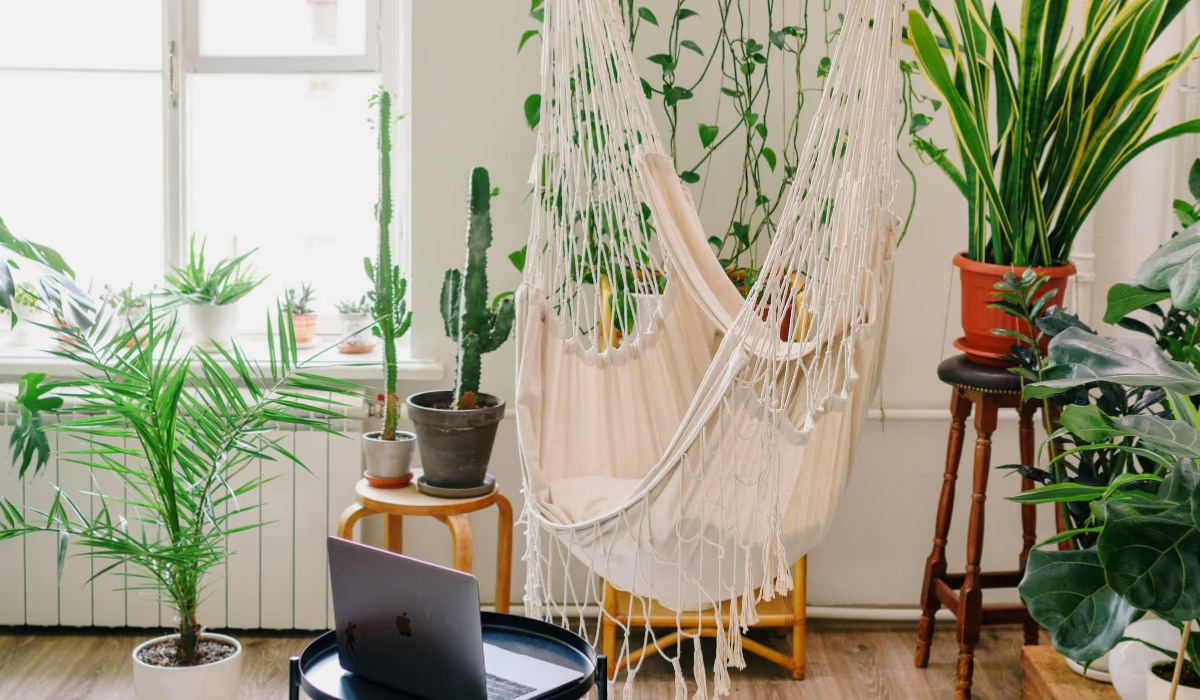Low light spaces—like rooms with few windows or shaded corners—can limit your plant choices. Many plants need bright or direct light to thrive, but some species do well with less. For cat owners, there’s another concern: toxicity. Cats explore with their mouths, and if a plant is harmful, even small bites can cause issues.
Using pet-safe low-light plants lets you enjoy greenery without worry. These plants tolerate shade or filtered light, meaning fewer problems with wilting or leaf burn. Plus, choosing non-toxic types adds peace of mind for your pet’s safety.
Conditions That Qualify as “Low Light”
Low light doesn’t mean no light. Usually it refers to indirect light or filtered light—spaces that get a little sun, perhaps through curtains or from a distance away from windows.
Plants in truly dark rooms typically rely on artificial lighting, so matching the right plant with your available light level is key. Overwatering or placing plants too close to heat sources can stress them more than low light itself.
Top Low-Light, Cat-Safe Plants You Can Grow
Cast-Iron Plant (Aspidistra elatior)
This plant is very forgiving. It tolerates low light, low attention, and still keeps dark green, large leaves. Perfect for pet-sensitive homes.
Spider Plant (Chlorophytum comosum)
Spider plants adapt well. Their arching foliage adds visual interest, and they can take moderate shade. Plus, they’re non-toxic to cats.
Boston Fern (Nephrolepis exaltata)
With feathery fronds and air-purifying properties, Boston fern does nicely in rooms with indirect light and high humidity. A hanging pot keeps its foliage away from curious paws.
Prayer Plant (Maranta leuconeura)
Prayer plants are striking with patterned leaves that fold at night. They prefer indirect light and moist soil but will tolerate lower light levels. Safe for cats.
African Violet (Saintpaulia)
These flowering plants work well in low to moderate light. Their blooms add color without strong light demand. Great for windowsills not in full sun.
How to Care for These Plants in Low Light
- Keep soil moist but not soggy—low light slows evaporation, so watering less often is better.
- Use well-draining soil so roots don’t sit in water. Moisture buildup in the soil leads to rot.
- Rotate plants occasionally so every side gets some light and growth stays balanced.
- Dust leaves gently so they can absorb what light they get. Dirty leaves reduce photosynthesis.
Placement Tips to Keep Cats Safer
- Place plants out of reach: high shelves, hanging baskets, or plant stands reduce curiosity bites.
- Choose pots with tight soil cover so cats can’t dig or chew soil.
- Monitor your plants. If leaves show signs of nibbling, rearrange placement or try barriers.
Other Cat-Safe, Low Light Plants to Try
- Watermelon Peperomia—compact and colorful foliage.
- Baby Rubber Plant—shiny thick leaves, fairly low-maintenance.
- Polka Dot Plant (Hypoestes) for splashes of color.
- Swedish Ivy—trailing habit; keep it elevated.
Potential Mistakes to Avoid
Don’t assume every “low light” labelled plant is truly safe for pets—always verify. Too much water is a common issue. In low light, soil stays wet longer, which can hurt both plants and attract pests or mold. Neglecting humidity—many of these plants prefer moderate to high humidity, so dry air can make leaves curl or brown.
Conclusion
Low-light indoor plants that are safe for cats let you enjoy lush, green spaces without compromising pet health. With plants like cast-iron, spider plant, Boston fern, prayer plant, and African violet, you can brighten shaded corners safely. Smart care and thoughtful placement go a long way in maintaining both your plants and peace of mind.
FAQs
Which low‐light plants are safest if my cat tends to nibble leaves?
Thick-leaved, non-toxic varieties like spider plant, cast-iron plant, and baby rubber plant are safer picks.
Can these low-light plants flower, or are they just foliage?
Yes, some like African violets do bloom even in lesser light. Flowers may be fewer, but color is possible.
How often should I water low-light indoor plants?
Water when the soil’s top inch feels dry. Overwatering is more harmful than underwatering in low light.
Will these plants still look good in very dim spots?
They’ll survive but grow slowly. Leaves may be smaller, coloring less intense. Good to supplement light from a lamp or indirect source if possible.







